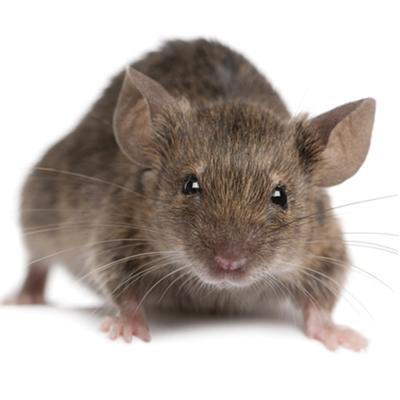
Preventing Pests from Using Your HVAC System as Their Winter Highway
The first cold snap hits, you turn on your furnace, and suddenly you hear scurrying in the walls or, worse, spot a mouse darting across your living room. This isn't a coincidence. When temperatures drop, your heating system becomes an attractive highway system for rodents and insects seeking shelter—and once they're in, removing them becomes exponentially more difficult than preventing entry in the first place.
Why Your HVAC System Is a Prime Pest Gateway
Most homeowners are unaware that their heating and cooling system provides multiple entry points for persistent pests. The network of ducts, vents, and external components creates a perfect pathway from the outside directly into your living spaces. Unlike obvious entry points like doors or windows that you might seal, HVAC vulnerabilities often go unnoticed until you have a full-blown infestation.
Common culprits include mice, rats, squirrels, and insects like cockroaches and spiders—all capable of squeezing through remarkably small openings. A mouse needs just a quarter-inch gap (roughly the width of a pencil), while rats can compress their bodies to fit through half-inch openings.
The Perfect Storm: What Makes Your HVAC System Vulnerable
Your heating system creates ideal conditions for pest invasion through three primary factors:
- Warmth attraction: The heat generated by your system creates a temperature gradient that literally guides cold-blooded pests and heat-seeking mammals toward your home
- Exterior access points: Poorly sealed vents, damaged ductwork, and gaps around outdoor HVAC components offer direct entry routes
- Pathway networks: Once inside, your ductwork system becomes a protected highway that allows pests to travel throughout your home undetected
Think of your HVAC system as a subway network for pests—warm, protected from predators, and connecting all areas of your home. During winter, this becomes particularly problematic as outdoor food sources diminish and pests become desperate for shelter.
5 Warning Signs Your HVAC System Has Become a Pest Highway

Don't wait until you have a full-blown infestation. Look for these clear indicators that pests have found your HVAC system:
- Unusual scratching or scurrying sounds when your system turns on
- Unexpected odors (particularly musty or urine-like) coming from vents
- Visible droppings near vents, registers, or around your indoor/outdoor units
- Chewed insulation or wiring near HVAC components
- Nesting materials (shredded paper, fabric, or insulation) visible in or around vents
If you notice even one of these signs, you likely have pests using your HVAC system as their personal transit system. Left unchecked, these invaders can cause serious damage to your equipment while spreading contaminants throughout your home.
Long-Term Protection for Your Home and Family
Professional HVAC pest prevention doesn't just solve an immediate problem—it provides lasting protection. Our treatments include education about maintaining your system's pest resistance and early warning signs of new problems. This proactive approach helps protect not just your comfort, but your largest investment—your home.
Protect Your Home From Unwanted Winter Guests
Don't wait until you hear scratching in the walls or spot rodents in your living room. Contact Suburban Pest Control today for a comprehensive pest evaluation and protection plan tailored to your specific home. Our expert technicians will help secure your system before pests turn it into their winter highway.
Remember: The best time to address HVAC pest prevention is before cold weather drives pests indoors. Once they've established pathways through your system, removal becomes significantly more challenging and costly.
